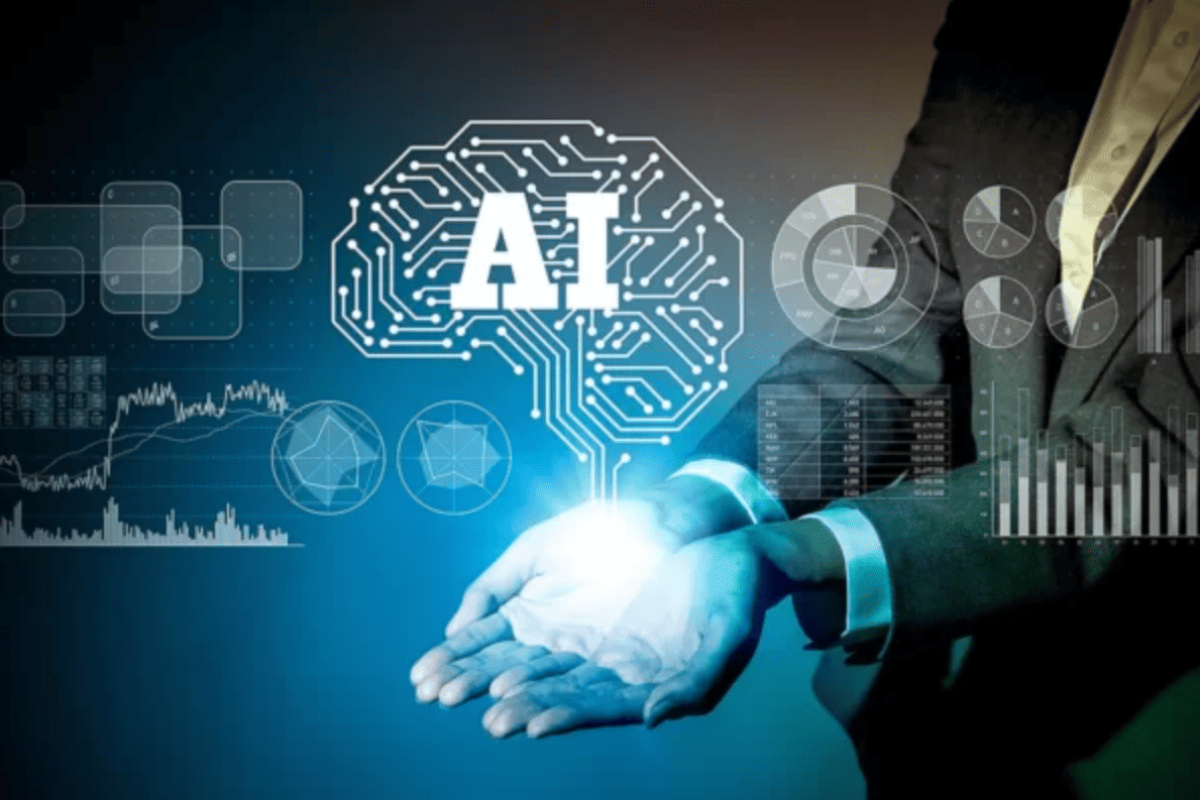In a previous post, we noted how the exploding hype over artificial intelligence (AI) has raised awareness of these powerful capabilities, often AHEAD of the identification of needs and opportunities where they might be deployed. We called AI “Solutions in Search of the Right Problems”.
In the few months since that article went live, we have received several inquiries about our approach to surfacing potential AI projects – how to find what’s possible, and how to narrow that list to what’s MOST impactful. In AI guidance as with all of our IT strategy & leadership services, our focus and measure of success is TRUE BUSINESS IMPACT. And so in this sequel article, we are sharing our approach to finding and prioritizing AI projects for our clients…
1. We Examine and Categorize an Organization’s High-volume Tasks based on AI Feasibility
Our first step is to analyze the high-volume tasks within the organization, understanding where human intelligence is indispensable vs. where AI can complement or entirely supplant human effort. We focus this analysis on tasks which are primary responsibilities for multiple people, in order to ensure that potential AI projects to automate them have a good chance of positive ROI. The tasks generally fall into three categories:
- Human-led tasks: Where human intelligence is vital
- Potential Full AI auto-pilot tasks: Where AI can efficiently handle tasks, or even perform better than humans
- Hybrid tasks: Where AI can assist, but not supplant, human efforts
The latter two categories form our set of potential AI projects which will be analyzed in the second phase of our analysis.
2. We Analyze Economic Bang for the Buck: ROI & Cost vs Impact
Not surprisingly, the next step involves contrasting the economic impact of AI in each use-case against the estimated costs to design, build, and test it. Depending on the type of technology being used, the build phase may involve prompt engineering on a packaged model or extensive data and modeling work.
It’s key in this phase to get business input in the estimates of benefits. Even if the goal of a model is full autonomy, we bake in a human oversight component to the estimates, to ensure that quality/accuracy requirements don’t end up killing the benefits if in fact human oversight is needed to ensure the output is usable.
3. We Factor in Upstream Data Preparation Tasks
Generally, prerequisite data engineering, cleansing, integration, and enrichment processes are critical upstream components of these projects, and often this “data prep” consumes more than half of the project time and budget.
It is surprising to many clients to see data-related work consume 67-75% of a project’s budget, but these steps are absolutely critical to the success of AI models, to avoid potential false-negatives and false-positives which can otherwise leak through the results. These issues can kill the credibility and usefulness of AI models even when they’re well-designed, so it’s critical not to undersize the data preparation phase of any AI project.
“Garbage in, Garbage out” has been a cliché truism long before AI came on the scene, but it has never been more true than in the implementation of AI models.
Common Patterns of AI Projects that “Make the Cut”
Digital Tasks That Are ONLY Possible at all with AI
- Big Data Pattern-Matching and Predictive Models: predicting customer behavior and preferences (e.g. Amazon, Netflix) or supply and demand predictions in building construction
- Generative AI for Summarization: Large Language Models (LLM) can deliver the overall meaning of a large set of related content. In Machine Learning (ML) contexts they can isolate trends or rare occurrences, such as crime detection or traffic volume tracking.
These tasks are either too intricate or time-sensitive for human effort. Scanning and finding patterns in enormous datasets is a task uniquely suited for AI.
This category also includes tasks which may be performed with limited variables at a basic level by humans, but which benefit enormously by leveraging huge datasets and hyper-variable analysis. AI can enhance the granularity of these proesses, and therefore their accuracy, by going beyond the level where humans can handle the calculations. Examples include: insurance actuarial, credit approvals, fraud detection, and logistics optimization.
Digital Tasks Fully Automatable by AI
Tasks that are relatively simple and can be fully automated by AI include: These are suitable for traditional IT automation projects, like chatbots for customer service, Robotic Process Automation (RPA) with AI Decision Trees, generative AI for content creation, and vision AI for quality control.
Again, in these models it is key to be conservative in estimating benefits, and to include human oversight as a component to ensure accuracy and quality of the output. Many companies have been burned by setting loose an AI model once it reaches 99% accuracy, only to find that the false-positives or false-negatives in the 1% edge cases are risky or expensive enough to justify a “human in the loop“.
Digital Tasks with Skills and Efficiency Arbitrage
Here, AI can yield tremendous ROI by either reducing the number of staff needed for a particular function, or by greatly improving the productivity and quality of that staff. Examples include:
- Language Enhancement: Tools like ChatGPT or Bard can elevate the English proficiency of non-native speakers, as seen with examples like Wayfair customer service.
- Creative Arts: Tools like Firefly or DALL-E 2 empower non-artists in graphic design or musical composition.
- Data Pre-processing and Analysis: In fields like medical diagnosis and financial analysis, AI can augment human decision-making.
Venturing Beyond Digital: The Physical Realm
Most of the successful projects we’ve seen thus far have focused on the digital realm, where decision-making and output are information stored in computer systems. But AI’s influence is extending beyond digital tasks, beginning more and more to touch the physical world:
- General-Purpose Factory Robots: Such as Tesla’s Optimus.
- Automated Driving: Though the final stages are challenging, AI-driven cars will represent a significant leap in productivity, freedom, and safety for our society.
Embarking on the AI Journey
Identifying potential AI projects is a nuanced task that requires careful analysis and a clear understanding of the organization’s needs and capabilities. By using the provided model, businesses can navigate the AI landscape and harness the technology to its fullest, whether in digital or even physical tasks.
By embracing AI in areas where it complements or supersedes human effort, organizations can unlock untold efficiencies and opportunities. The future of business lies in this symbiosis between human intelligence and artificial ingenuity. The time to explore and embark on this exciting journey is now.




